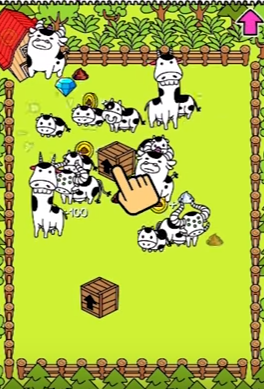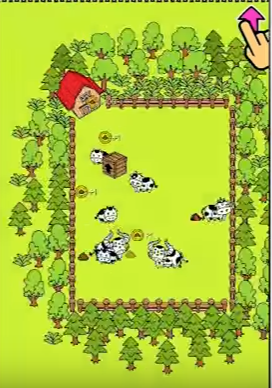Evolution of a Population under Varying Conditions of Natural Selection
| Subject: | ⚗️ Science |
| Type: | Exploratory Essay |
| Pages: | 2 |
| Word count: | 615 |
| Topics: | 🦠 Biology, Ecology, Endangered Species, Environmental Issues, 🤖 Biotechnology |

Need a custom
essay ASAP?
essay ASAP?
We’ll write your essay from scratch and per instructions: even better than this sample, 100% unique, and yours only.
Get essay on this topic
Sources
- Colautti, R. I., & Lau, J. A. (2015). Contemporary evolution during invasion: evidence for differentiation, natural selection, and local adaptation. Molecular ecology, 24(9), 1999-2017.
- Darwin, C., & Bynum, W. F. (2009). The origin of species by means of natural selection: or, the preservation of favored races in the struggle for life (pp. 441-764). AL Burt.
Related Samples
Subject:
⛩️ Culture
Pages/words: 11 pages/2994 words
Subject:
🎓 Education
Pages/words: 3 pages/660 words
Subject:
⛩️ Culture
Pages/words: 7 pages/1931 words
Subject:
🌷 Environment
Pages/words: 11 pages/2922 words
Subject:
💼 Business
Pages/words: 5 pages/1451 words
Subject:
⚗️ Science
Pages/words: 3 pages/797 words
Subject:
🌷 Environment
Pages/words: 8 pages/2248 words
Subject:
🧓🏼 Personal Experience
Pages/words: 2 pages/416 words
Subject:
🌷 Environment
Pages/words: 3 pages/760 words
Subject:
🧘🏻 Mental Health
Pages/words: 3 pages/871 words
Subject:
🧘🏻 Mental Health
Pages/words: 7 pages/1885 words

Boost your grades with a new guide on A+ writing
Time to excel in writing!
The download will start within seconds.





